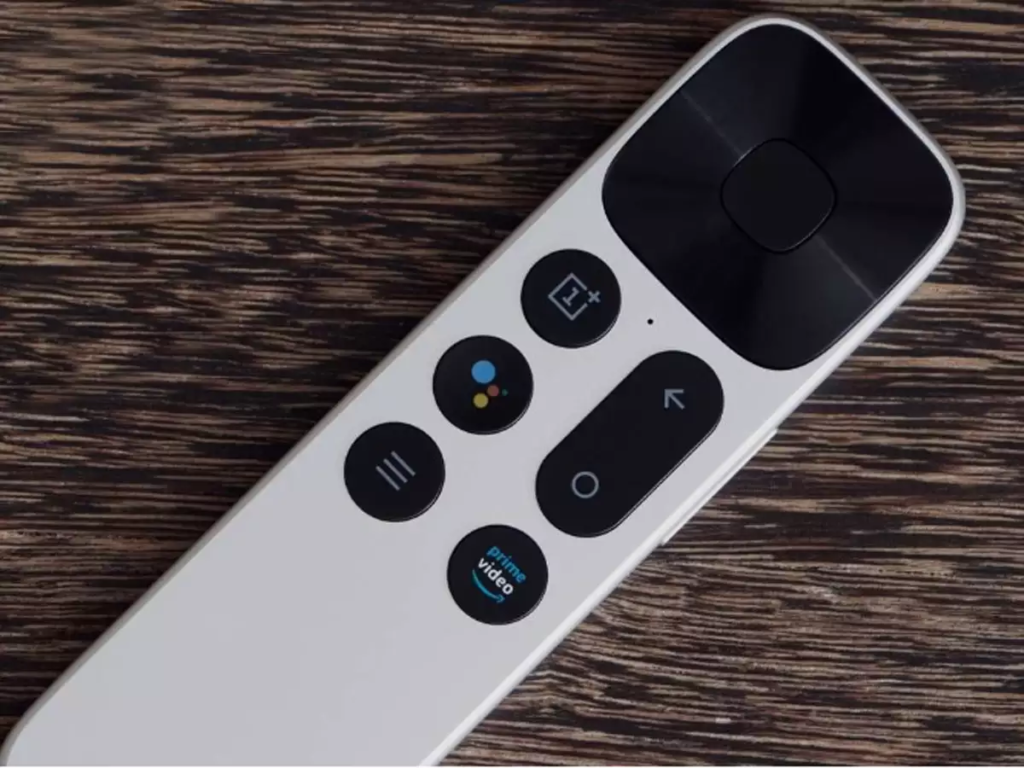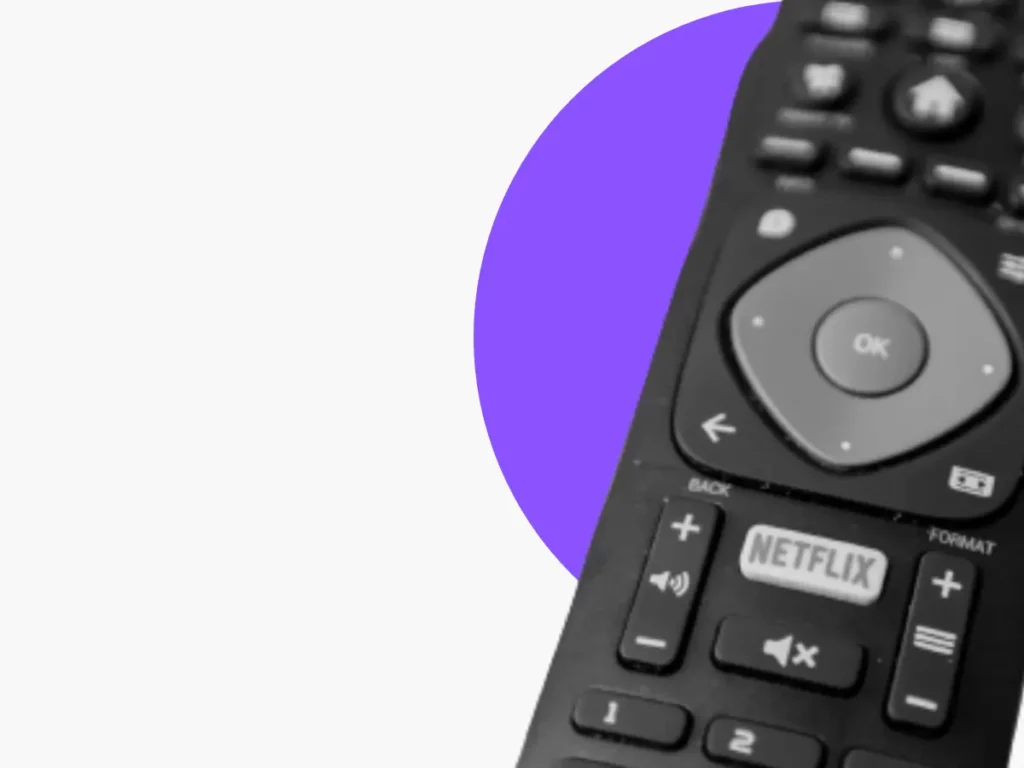It was a balmy Saturday morning as I shuffled into the living room. The TV blared out the top 100 breaking news headlines for the day. But my dad sat on the edge of his seat for an altogether different reason.
With a perplexed look on his face, he kept hitting the TV remote with the back of his hand – *THWACK!! THWACK! * This was followed by some grumbling, pointing and clicking of the remote at the screen.
“Why is the TV remote so complicated?” – he finally spluttered
The poor design of everyday things

Take your pick – they’re all equally bad
It’s a valid question – why IS the T.V. remote so complex? For that matter, why are other everyday objects we use, so poorly designed? And what does it tell us about our relationship and behavior with these everyday things?
Let’s be honest – aside from a few buttons that cover the basics like changing the channel or increasing/decreasing the volume, none of us are brave enough to figure out the function of the other 456 buttons on the T.V. remote. I harbour the same frustration for microwave ovens. Why can’t I just warm a bowl of noodles at the simple click of a button? Why do I have to learn the function of its fancy spinning dials, knobs and 25 other features? And don’t even get me started on email inboxes.
This is all rather paradoxical. When we envision the future – we think of products and technology seamlessly integrating with our daily lives. Visionaries like Issac Asimov were convinced that technology would help humanity achieve true prosperity.
What we didn’t factor in were the truly horrendous design decisions that would make the experience of it all, onerous.
Logical but not quite there
The case of the poorly designed remote, piqued my interest to take up reading ‘The Design of Everyday Things’. In it, I found that the reason why modern design is so complex is because it follows a set of rigid rules. These rules are set in place to carry out specific tasks like printing a document or flushing your toilet.
Whenever a slight modification is made to these rules, the entire product is rendered useless. And why is that? Because technology and design are always kept separate. Products are designed by prioritizing logic over anything else. What is ignored is human emotion.
What it fails to consider is the information overload being put on the user. Even worse is the fact that it fails to consider the experience of young children and the elderly. Rather, we are expected to negotiate with a badly designed product that looks like the dashboard of a Boeing 747.
So what’s next for design?

New remotes (or rather designers of new remotes) have seemed to learn from their predecessors
All is not lost. The rapid penetration and adoption rate of newer technology has also seen a renaissance of sorts for design. People are no longer ignored.
User-centric design is alive and kicking – a concept that we alluded to in an earlier issue of Verandah. Which is also why it can never be taken for granted. Organisations should get into a space where in order to build closer relationships, they also reinforce emotion as part of the design stage. Of course, the onus will remain with companies to maintain usability while retaining functionality in their products.
But to give you a brief idea – you know those long employee rulebook manuals that none of us care to go through? Could we consider making those a bit more user-friendly? And how about those massive ornate doors in office buildings? How do you make those easier to open for people that have multiple things in their hands (hot coffee, laptop, notes, office bag and so on…)?
And while that happens, I’m off to go buy a simpler remote for my dad.




